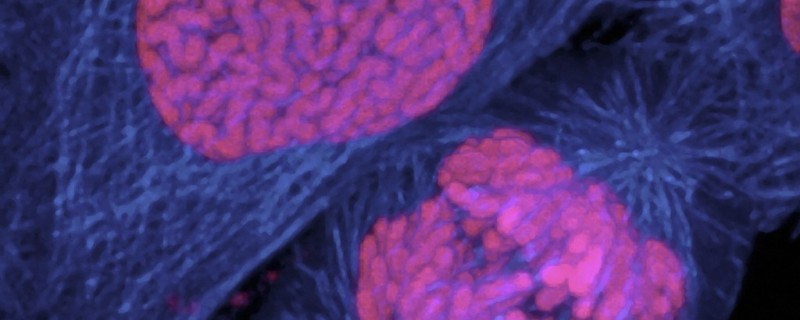
Tumor Cell Panels Help Researchers Develop New Cancer Treatments
A Guest Blog by Carolyn Peluso, Ph.D., Technical Writer, ATCC
Normal cells become cancerous through a series of events that allow them to organize into tumors composed of distinct cell types, with the collective ability to induce angiogenesis and activate invasion, while avoiding replicative senescence, growth suppression, and apoptosis1. Multiple mutations are generally required to support the malignant transformation of normal cells and understanding how individual mutations are tied mechanistically to specific oncogenic events is critical to developing effective treatments. To help investigators link oncogenic events to specific players and pathways, ATCC has assembled popular tumor cell lines into panels, according to tissue origin, genetic abnormality, and molecular signature, and has made them available as the ATCC® Tumor Cell Panels™.
ATCC has employed mutation data from the Sanger Institute Catalogue of Somatic Mutations in Cancer (COSMIC) website to annotate high quality, well-characterized cell lines to enhance their experimental power. Organized by tissue origin, ATCC tissue-specific panels represent tumors with varying degrees of genetic complexity. For example, the ATCC® Pancreatic Cancer Cell Panel™ (TCP-1026) is composed of seven cell lines derived from primary and metastatic adenocarcinomas with mutations in one or more of the following genes: CDKN2A, FBXW7, KRAS, MAP2K4, SMAD4, and TP53. Other panel selections include the ATCC® Lung Cancer Cell Panel™ (TCP-1016), ATCC® Liver Cancer Cell Panel™ (TCP-1011) and the comprehensive ATCC®Breast Cancer Cell Panel™ (30-4500K).
Expanding on tissue-specific panels, ATCC also used data from the COSMIC initiative to arrange cell lines of a particular tumor type, such as melanoma, into panels based on specific genetic abnormalities, such as BRAF activating mutations. The cell lines that comprise the Melanoma Cancer Cell Panels harbor an assortment of activating BRAF mutations ranging from the common valine to glutamic acid substitution to the rare valine to aspartic acid substitution. In addition, ATCC has formed a partnership with Horizon Discovery, a leading UK biotech company, to augment current Tumor Cell Panels with human isogenic cell panels representing both the wild-type and diseased state of tumor-related gene mutations. As part of this collaborative effort, ATCC will soon release the BRAF isogenic panel, which will include isogenic cell lines that are either positive or negative for the valine to glutamic acid mutation.
In a similar way, ATCC is using sequencing information to develop panels based on their molecular signature. ATCC carefully analyzed the TP53 gene, in select tumor cell lines, to identify the precise mutation and functional expression of p53 in each culture. Using this information, ATCC generated the p53 hotspot mutation panels. Currently, this collection includes panels that combine cell lines from the same tissue/tumor type (e.g. breast, colon, small/non-small cell lung carcinoma) with mutations at different TP53 gene hotspots, along with appropriate control lines that are wild-type or, in some cases, null for p53 expression. In the near future, ATCC plans to release additional p53 hotspot mutation panels that combine cell lines from other tissue/tumor types (e.g., lung, colon, and pancreas).
Both the p53 hotspot mutation and the BRAF panels represent an exciting new design approach for reference materials intended for use in cancer research. Additionally, ATCC will continue to expand the tumor cell panel collection to cover other commonly mutated genes and signaling pathway components. ATCC is committed to offering products that will help investigators generate the most reliable data in the most efficient ways possible. As new sequencing information becomes available, ATCC stands ready to develop new panels to deliver authenticated, characterized, and well-controlled model systems enabling powerful experiments to accelerate cancer research.
Footnotes
-
1. D. Hanahan, and R. A. Weinberg, 'Hallmarks of Cancer: The Next Generation', Cell, 144, 646-74.